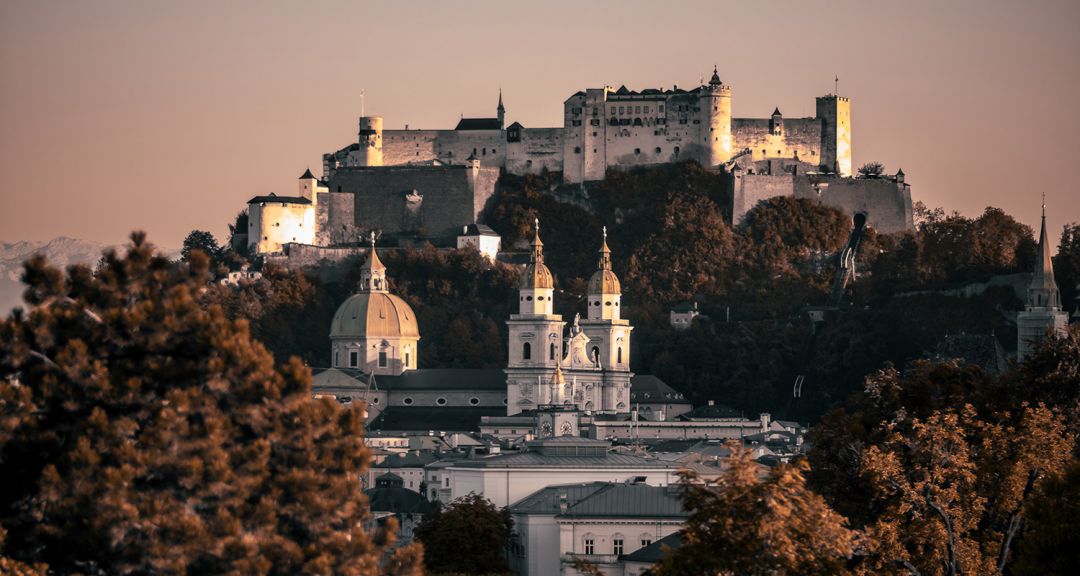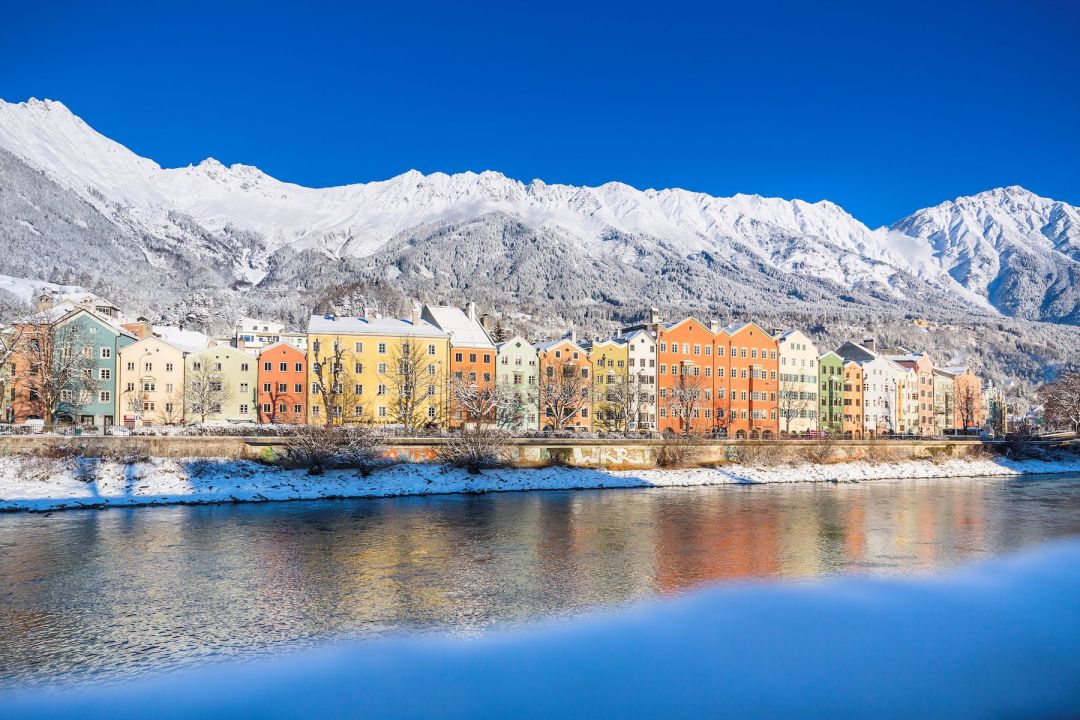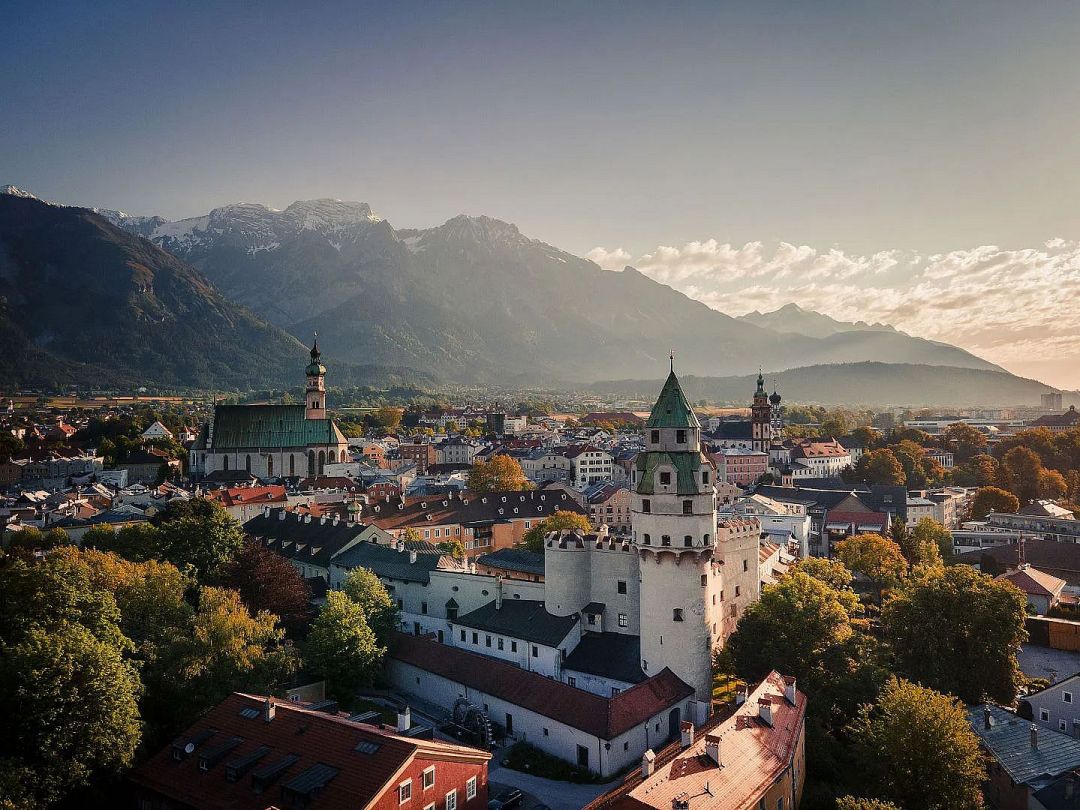JOIN the AFICIONADOS
Get the insider news and lowdown on what we've been up to, where we've been, and who we've met along the way. Be the first to discover new places and get the scoop on our favourites.
Destination Austria is always a good idea when you crave culture, adventures in the great outdoors and fabulous hospitality. The great cities of Austria, in particular, are home to hot museum exhibitions to tickle your cultural and creative imagination with everything from Habsburg to Freud, Helmut Lang to Mozart. Ornate architecture, fuelled by the mighty Habsburg empire and pious power, headlines in the cities, and new bold pieces dot the modern Austrian skylines. Of course, food is essential when discussing Austria - not forgetting those irresistible Café Houses serving up icons like the Sachertorte mit Schlag on the side.
Vienna, Hall in Tirol, Salzburg and Innsbruck are our Kirsche on the cake urban pitstops - our cultural heartthrobs, hubs of Habsburg heritage, Petri dishes of arty accomplishments and showcases of the city’s status markers of old.
Vienna is a city of sharp contrast where you can enjoy old and new, a hybrid mix borne fromits rich past. Savour the weight of history through architectural endeavours such as Gothic St Stephens cathedral, eerie, dimly lit catacombs studded with skulls and Habsburg icons such as the high-baroque Winter Place bordering Ringstrasse, the 19th century boulevard that is home to many of Vienna's best-known sights, such as the Imperial Palace, the Vienna State Opera and Parliament. The impressive roll call of alumni have left their legacies on the city including four of the top classical musicians in the world - Beethoven, Mozart, Strauss and Haydn who lived in Vienna, as did Sigmund Freud, and artists Schiele and Klimt.
Today enjoy the culture clash. Maverick artists experiment with street art by the river Danube while museums packed with Old Masters and imperial art also show exhibitions by contemporary talent such as Rachel Whiteread. Hip coffee shops and fusion restaurants sit happily beside old Kaffeehaus and new architecture breathes fresh air into the city including Zaha Hadid’s modernist library.
Discover the independent boutique and design labels of Vienna, the best places to eat, the museums, the architecture and importanly, where to sleep:

If classical music is your thing, chances are you’ve been to Salzburg or else it’s hitting your bucket list soon. The birthplace of Wolfgang Amadeus Mozart has characterised much of Salzburg’s history; catching a concert here in one of the city’s many palaces, Baroque halls or churches is quite the atmospheric setting. The fairytale UNESCO-protected Old Town or Altstadt feels like history caught in a spell with lofty, pastel-hued Baroque houses, cobbled streets, peek-a-boo courtyards and the City Hall bell tower. Overlooking this historic scene is the imposing fortress of Hohensalzburg, so impenetrable it has never been conquered.
Emerging from the splendour of the Old Town you might think you have a measure of Salzburg but the ever-present mountains create an easy access point into nature – the place that inspired the Sound of Music won’t fail to impress. For a horticultural hit, stroll the pretty, manicured gardens of the Mirabell Palace, built by Prince-Archbishop Wolf Dietrich for his mistress who went on to have at least 15 children, such is the soul-enhancing ambience of this colourful cultivation.
Discover the cultural heart of Salzburg, the best places to eat, the museums, the architecture and importanly, where to sleep:

Known as the portal to ski adventures in Austria and Italy, most people pass through Innsbruck with only the jagged, snow-laden peaks in mind. How many of us really know Innsbruck, Austria’s fifth largest city, well? Certainly, it has no shortage of sights of yore – the first markers of note are perhaps the colourful Tyrolean houses that sit up against the River Inn, which flows down from Piz Bernina. And Innsbruck was indeed a resting place of choice for the Habsburgs – see their ornate touch on Herzog-Friedrich-Straße, named after Frederick IV of Habsburg, and the Imperial Palace and the Triumphal Arch. Cast back further and find preserved indicators – Innsbruck was carefully marked on the Roman Via Imperia trade route, absorbing cultural influences – here Emperor Maximilian settled in 1490 and the shimmering Golden Roof was built in honour of his marriage to Bianca.
Innsbruck isn’t simply stuck in the past though. Admire Zaha Hadid’s space craft-esquestructure at the top of the Nordkette funicular, admittedly you’ll be halfway up the mountain by now, but the magnetic pull of the mountains lure you to the top.

Neighbour to Innsbruck, the Austrian town of Hall is another place you may have passed through on the ski trail but is in itself a rival to Innsbruck for its heritage glory. With a rich history built up from wealth gleaned from 13th century salt mining that led to lucrative international trading all the way up to the 20th century, Hall was once the economic capital of Tyrol. This is much highlighted in Hall’s well-preserved historic centre – wander the atmospheric medieval streets and admire the centuries-old townhouses. The 700-year-old Hasegg Castle or Mint Tower was used to protect the salt mines along with the fortified walls; it also became the home to the minting industry, another of Hall’s prosperous endeavours – it won the privilege of minting coins in the 15th century; today visit the coin museum which will shed light on the town’s accomplishments.
A heritage-rich town today, Hall offers a lost-in-time glimpse at its past through well-preserved architecture and a thriving cultural program of festivals from Easter celebrations, comedy, literary get-togethers and musical soirees.
Where to stay? Built into the original Medieval town walls of Hall, this former guilders’ house of traditional Tirol style has stood here for well over half a century with records dating back to 1450.